Tax benefits for organizations that accommodate individuals with disabilities
By accommodating individuals with disabilities, your business is not only doing what’s right — it may qualify for several tax credits and deductions, including these:
Disabled access credit. This credit is available to eligible small businesses, and can cover 50% of some expenditures incurred to provide access to individuals with disabilities. One example: expenses for acquiring or modifying equipment or devices for individuals with disabilities.
Eligible small businesses include those with up to $1 million in gross receipts for the previous tax year or no more than 30 full-time employees during the previous tax year. The maximum credit is $5,000, which is based on 50% of qualifying expenses that exceed $250 during a tax year. (Thus, you’d need to incur $10,250 in expenses to reach the maximum credit.)
You’ll need to use Form 8826, “Disabled Access Credit,” to claim this tax break, though some taxpayers whose only source of the credit is from pass-through entities can report it using Form 3800, “General Business Credit.”
Barrier removal tax deduction. Businesses of all sizes may claim a deduction of up to $15,000 in any tax year for qualified expenditures to remove architectural and transportation barriers to the mobility of the elderly and individuals with disabilities.
The expenditures must meet the guidelines and requirements issued by the Architectural and Transportation Barriers Compliance Board under the Americans with Disabilities Act. Among the costs that can be deducted are those for doors and doorways, floor surfaces and elevators.
Also deductible are related expenses that meet the following three tests: 1) The removed barrier is a substantial impediment to access or use of a facility or public transportation vehicle by those with disabilities, 2) the removed barrier must have created an obstacle for at least one major group of people with a disability, such as those who are in wheelchairs, and 3) the barrier must be eliminated without creating a new obstacle that significantly impairs access to or use of the facility. To claim the deduction, list it as a separate expense on its income tax return for the year in which the expenses were paid or incurred.
Work Opportunity tax credit. This credit offers incentives to employers who hire qualified individuals from specific groups, including some with disabilities. Taxable businesses use Form 5884, “Work Opportunity Credit,” and Form 3800, “General Business Credit,” to claim the credit. Form 8850, “Pre-Screening Notice and Certification Request for the Work Opportunity Credit,” is used to certify that an individual is a member of a targeted group.
Your accounting professional can help your business claim any tax benefits for accommodating individuals with disabilities for which it may be eligible.
© 2017
This material is generic in nature. Before relying on the material in any important matter, users should note date of publication and carefully evaluate its accuracy, currency, completeness, and relevance for their purposes, and should obtain any appropriate professional advice relevant to their particular circumstances.
Share Post:





